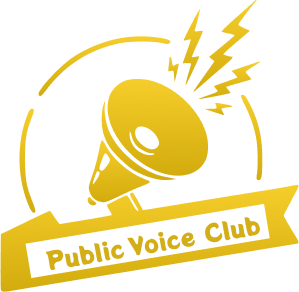Funnels are a crucial aspect of any online business. They are the key to converting leads into customers and driving revenue. However, building a high-converting funnel can seem like a daunting task, especially if you are not a coder. But fear not, there are plenty of tools and strategies that can help you build effective funnels without writing a single line of code.
Choose the Right Funnel Tool
There are plenty of funnel building tools available in the market, such as ClickFunnels, LeadPages, and Unbounce. These tools allow you to create landing pages, sales pages, and checkout pages with just a few clicks. They offer drag-and-drop functionality, pre-designed templates, and integration with popular email marketing services.
When choosing a funnel tool, consider your specific needs and budget. Some tools offer more advanced features and analytics, while others are more beginner-friendly. Take the time to research and test out different options to find the one that works best for you.
Focus on User Experience
When building a funnel, it is important to keep the user experience in mind. You want to make the journey from lead to customer as seamless and intuitive as possible. This means creating clear calls-to-action, easy navigation, and engaging content.
Use A/B testing to experiment with different elements of your funnel, such as headlines, images, and button colors. This will help you identify what resonates with your audience and drives conversions. Remember, the goal is to make it as easy as possible for users to take the desired action.
Optimize for Conversions
Conversion optimization is the process of improving your funnel to increase the number of leads and customers. This can involve tweaking elements of your funnel, such as headlines, copy, and design, to make them more compelling and persuasive.
Use analytics tools, such as Google Analytics and Hotjar, to track user behavior and identify areas for improvement. Pay attention to metrics such as bounce rate, time on page, and conversion rate to gauge the effectiveness of your funnel. Continuously test and iterate on your funnel to ensure it is performing at its best.
Integrate with Email Marketing
Email marketing is a powerful tool for nurturing leads and driving conversions. By integrating your funnel with an email marketing service, such as Mailchimp or ConvertKit, you can easily follow up with leads and provide them with valuable content and offers.
Set up automated email sequences to send targeted messages to leads based on their behavior and interests. This will help you move leads through the funnel and towards a purchase. Make sure to track the performance of your email campaigns and adjust your strategy as needed.
Provide Value at Every Stage
At each stage of your funnel, you should be providing value to your leads. This can come in the form of helpful content, special offers, or personalized recommendations. By delivering value, you build trust with your audience and increase the likelihood of them becoming customers.
Consider creating lead magnets, such as ebooks or webinars, to entice visitors to sign up for your email list. Provide valuable content on your landing pages and sales pages to educate and inform your audience. The more value you provide, the more likely leads are to convert.
Conclusion
Building high-converting funnels without code is entirely possible with the right tools and strategies. By choosing the right funnel tool, focusing on user experience, optimizing for conversions, integrating with email marketing, and providing value at every stage, you can create effective funnels that drive revenue for your business.
Remember, building a funnel is an ongoing process that requires testing, experimentation, and refinement. Stay vigilant, track your progress, and continuously improve your funnel to ensure its success. With dedication and a strategic approach, you can build funnels that convert leads into loyal customers.
